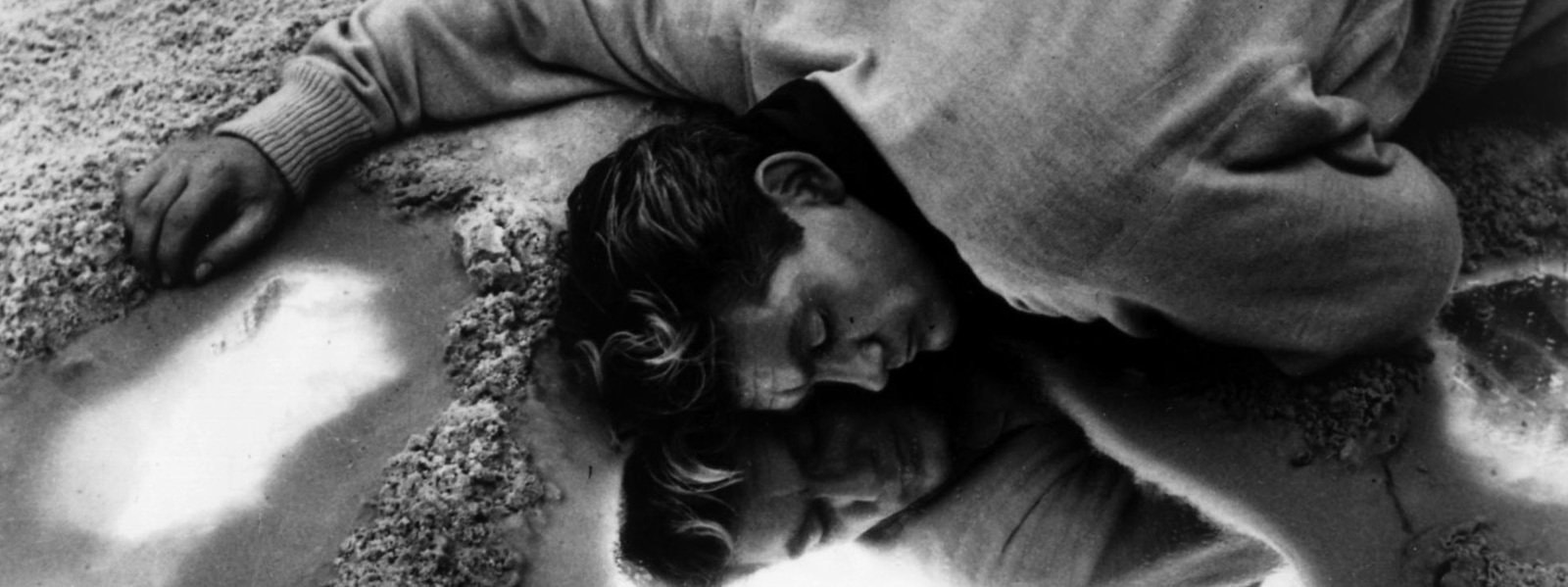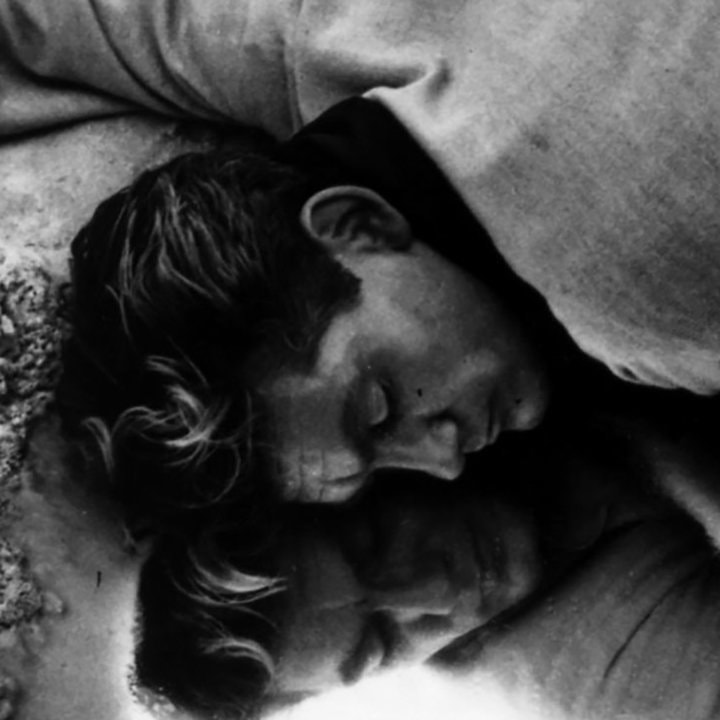The topic of the lecture is the borders of rational thinking.
Is there a possibility of an “alternative” philosophy? Indeed, philosophy can be different: Western and Eastern, continental and analytical. As a type of science, philosophy is precise—but can also answer moral questions, as does religion. Generally, though, it has to stick to its own scope of rules without crossing certain limits—otherwise philosophy would fall into banality and amateurism. That is why it has always flirted with various arts, which would allow to play in the field where almost any experiments, and complete absurdity are made possible, while meaning profound cognitive strategies at the same time. It doesn’t imply, however, that philosophy can maintain its status of an older, wiser and stricter mate of art, hence the ambiguous meaning of the notion “philosophy of art": it is always a chicken-or-egg kind of relationship.
“…philosophy and art are paired up like Lacan’s Master and Hysteric. We know that the hysteric comes to the Master and says: "Truth speaks through my mouth, I am here. You have knowledge, tell me who I am." Whatever the knowing subtlety of the master’s reply, we can also anticipate that the hysteric will let him know that it must all be taken up again and worked through at length in order to please her. In so doing, the hysteric takes charge of the master, "barring" him from mastery and becoming his mistress. Likewise, art is always already there, addressing the thinker with the mute and scintillating question of its identity while through constant invention and metamorphosis it declares its disappointment about everything that the philosopher may have to say about it.” (Alain Badiou, Handbook of Inaesthetics. Transl. by Alberto Toscano. Stanford University Press, 2005.)

